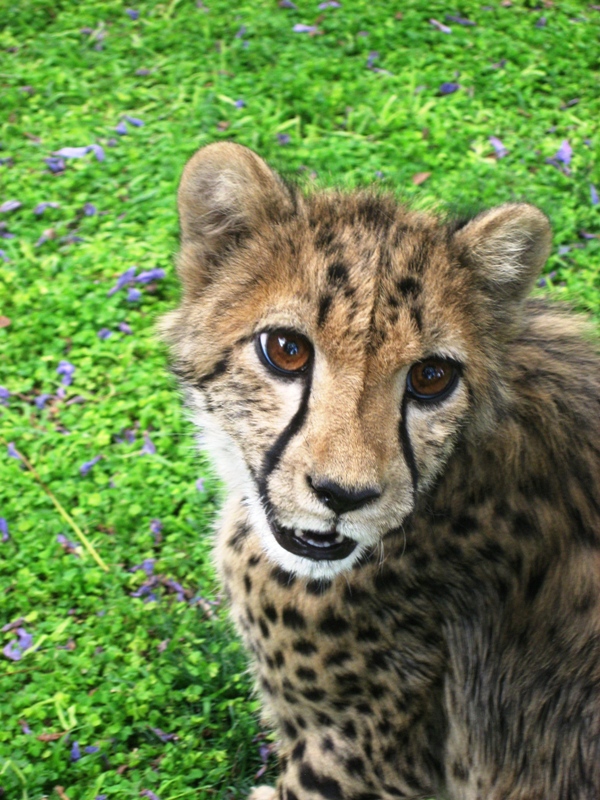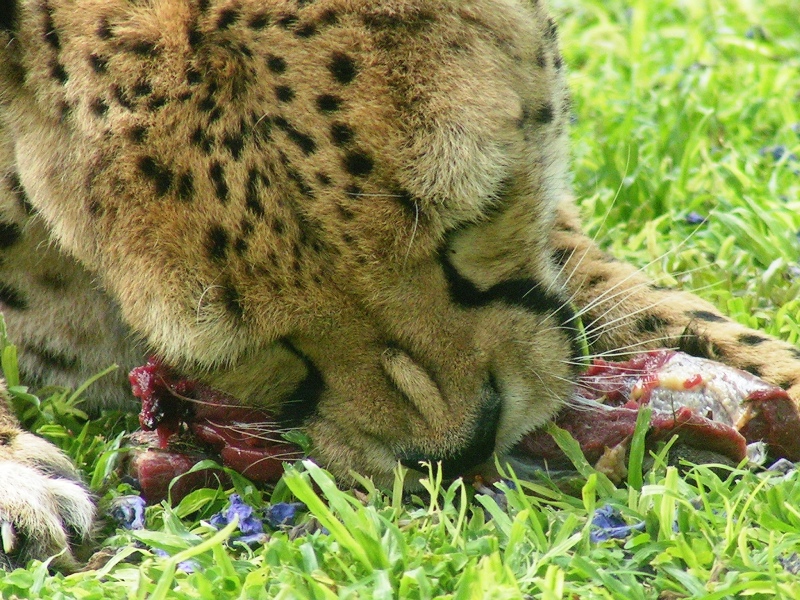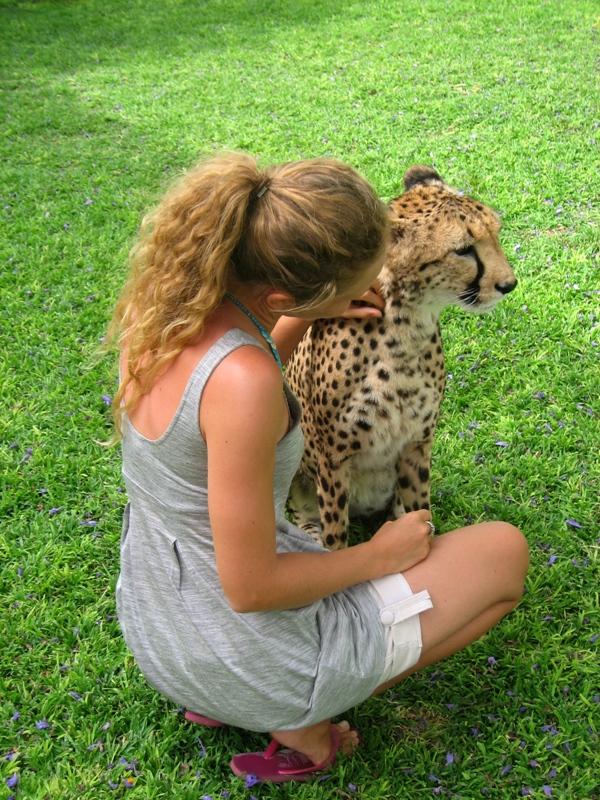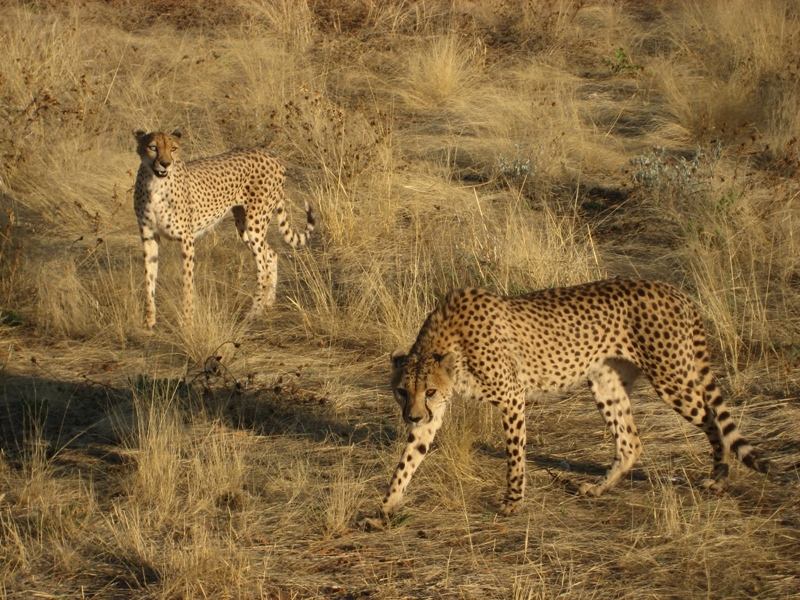We arrived at Mughal Serai, a town 15km from Varanasi, at dusk – a hell hole bathed in magical light. A short but extremely bumpy auto rickshaw ride later we entered Varanasi. Our driver did his best to hustle as much money as possible from us; howerver we still made it away with most of our rupees.
A lot of little alleyways lead down to the Ganges and they are all too narrow for a rickshaw to enter, and since our hotel of choice were located at the edge of the Ganges at the end of a winding little alley, we embarked on a stumble through the dark, guided and mislead in turn by the locals. We found it alright after a few wrong turns though.
Our room has the tiniest balcony with a view down the ghats (the steeps leading down to the river) and the Ganges. One morning I awoke to see the sun rise and make the river glisten and shimmer like gold.
In the many narrow alleys of the old part of Varanasi, you are in constant danger of being trampled by a cow, pushed over by a man ferrying a load of bricks on his bicycle or someone on a motorbike blaring his horn - it is a great people watching place. There are always beautifully dressed women in gorgeous, colorful saris, cute schoolchildren, old men in lungis (like a sarong) and vendors selling everything from vegetables to CDs – all the hustle and bustle of India.
At first we thought it all a bit much, but eventually we started hearing how friendly most people sounded we they greeted a “Namaste!” There are many smiles and even the touts seem less persistent than we have otherwise experienced in India.

The Ganges is a multi-purpose river, it is used by the kids as a fun place to swim, women wash clothes, buffaloes are driven there to be watered and cooled and scores of boats ply up and down the coast. Many people perform “Puja” (prayer) while dipping their heads under - the water is believed to be very holy - while others shower nearby; soap all over the body, scrubbing away as they sit on the ghats. Along the these ghats, 60.000 people submerge themselves daily in the waters – along this same stretch 30 large sewers empty into the river. The water is so polluted that it has become septic, having 1.5 million faecal coliform bacteria per 100 ml of water – in healthy bathing water this figure should be less than 500! We limited our river activities to boating and dipping our feet…
Two of the Varanasi ghats are burning ghats, were cremations happen over open fire 24 hours a day. It is a bit macabre seeing a half burned leg being pushed further into the flames and to have smoke and ashes blow around you and into your eyes and mouth – knowing where it comes from…! But in a way it also seems perfectly natural; the Indian at least are very nonchalant about it. The men handling the bodies and fires on the burning ghats all belongs to one of the lowest castes in India. The owner of the burning ghats, also from this low caste, is now a very rich man from all the business he gets from the constant cremations. He has built a big house overlooking the Ganges, but he still uses leftover firewood from the cremation-fires for cooking.
The Hindus believe that if you are burned on the banks of the Ganges and have your ashes spread over the river you skip all that incarnation nonsense and jump straight to Nirvana – not bad eh?
Bodies are cremated with jewelry and all, so you see men and boys in the river looking like they are panning for gold and in a way you can say that they are…
Not all people can be cremated; unnatural deaths, which include small children, people with leprosy, pregnant women and people who have died from cobra bites, are instead weighted down by stones and thrown directly in the river.

Every evening at the main ghat the “Ganga Arti” is preformed, it is a prayer to Mother Ganges as a show of respect. The act involves a lot of fire and the air is thick with myra and incense, music and drumming and – my favorite part - tooting in big seashells. It is quite spectacular! Out over the water you can see a lot of small lights; little lotus flower lamps set alight as offerings to the Ganges.
.JPG)
Getting up at 5 am normally isn’t that fun, but taking an early morning boat trip on the Ganges, we were rewarded with soft golden light and all the color and clamber of pilgrims bathing and performing puja.





































.JPG)

.JPG)

.JPG)










